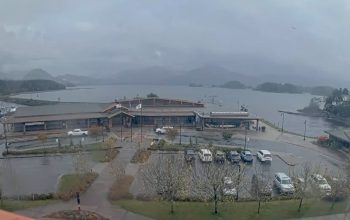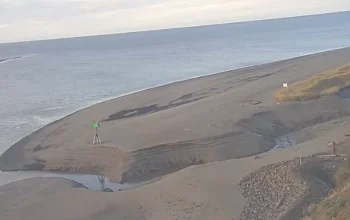
Washington, D.C. Beyond the Monuments
The first thing that strikes you about Washington, D.C. isn’t just the grandeur—it’s the hum. It’s the sound of bus brakes sighing on Pennsylvania Avenue, the low thrum of conversation from people who seem always mid-thought, mid-motion, mid-idea. The city moves with purpose, yet its pace feels measured, almost poetic. Walk past the U.S. Capitol at sunrise and you’ll see joggers tracing paths through pink light as if the day itself is a ceremony. The dome glows like it’s been freshly polished for the occasion.
Just beyond the Capitol stretches the National Mall, that long green spine that ties the city together. Early in the morning, it’s quiet—fog softens the outlines of monuments, and the grass sparkles with dew. By midday, families sprawl on picnic blankets, and museum doors swing open to visitors from everywhere. The scent of food trucks—spiced shawarma, kettle corn, grilled cheese—hangs in the air. On summer evenings, the sky behind the Washington Monument burns gold as children chase frisbees and tourists gaze up in awe. It’s easy to feel small here, but also part of something larger and enduring.
Yet, a few blocks away on Capitol Hill, the mood shifts again. Rows of 19th-century row houses wear their history proudly, stoops draped in ivy and flag bunting. Neighbors greet each other over garden fences. The scent of coffee and baked bread drifts from Eastern Market, where farmers unload peaches and artists unpack watercolors before the city fully wakes. It’s Washington’s quieter heart—steady, grounded, human.
The Soul of Georgetown
Head west toward Georgetown, and the air changes. The streets slope gently toward the Potomac, cobblestones glinting after a rain. There’s something cinematic about this neighborhood—gas lamps flickering outside old brick facades, college students weaving past diplomats, and the faint clang of church bells marking the hour.
At the waterfront, laughter mingles with the sound of clinking glasses from terrace cafés. You can smell the river—brackish, cool, and alive. Locals lean on railings, watching kayakers cut smooth lines across the water. Down the side streets, boutique windows gleam with handmade chocolates and vintage books. You might stumble upon Baked & Wired, where the cupcakes come piled high and conversations last longer than the coffee does.
The Color and Pulse of Adams Morgan
By nightfall, Adams Morgan comes alive in a different register. Murals burst from brick walls, painted in colors that seem to vibrate in the streetlight. Music spills out of open doors—Afrobeat from one bar, go-go from another, maybe jazz floating from a basement club. The crowd is a mosaic: young artists, policy wonks, travelers, locals, all stitched together by rhythm and a shared appetite for something real.
Walk down 18th Street after midnight and you’ll smell it—fresh empanadas, chili fries, late-night shawarma. The laughter here has an accent of every language, and somehow it all belongs. It’s messy, beautiful, unfiltered D.C.—the part most visitors never expect.
Where Past and Present Meet
Washington, D.C. is often described as a city of power, but that’s only half the story. Between its monuments and marble lies something softer—a pulse of humanity. It’s in the Sunday markets, the jazz echoing from a park bench, the way strangers still hold doors for one another.
This city is history breathing and reinventing itself daily. It invites you not just to see it, but to feel it—to walk its neighborhoods, taste its rhythm, and listen closely as the past and present whisper to each other beneath the cherry trees.


